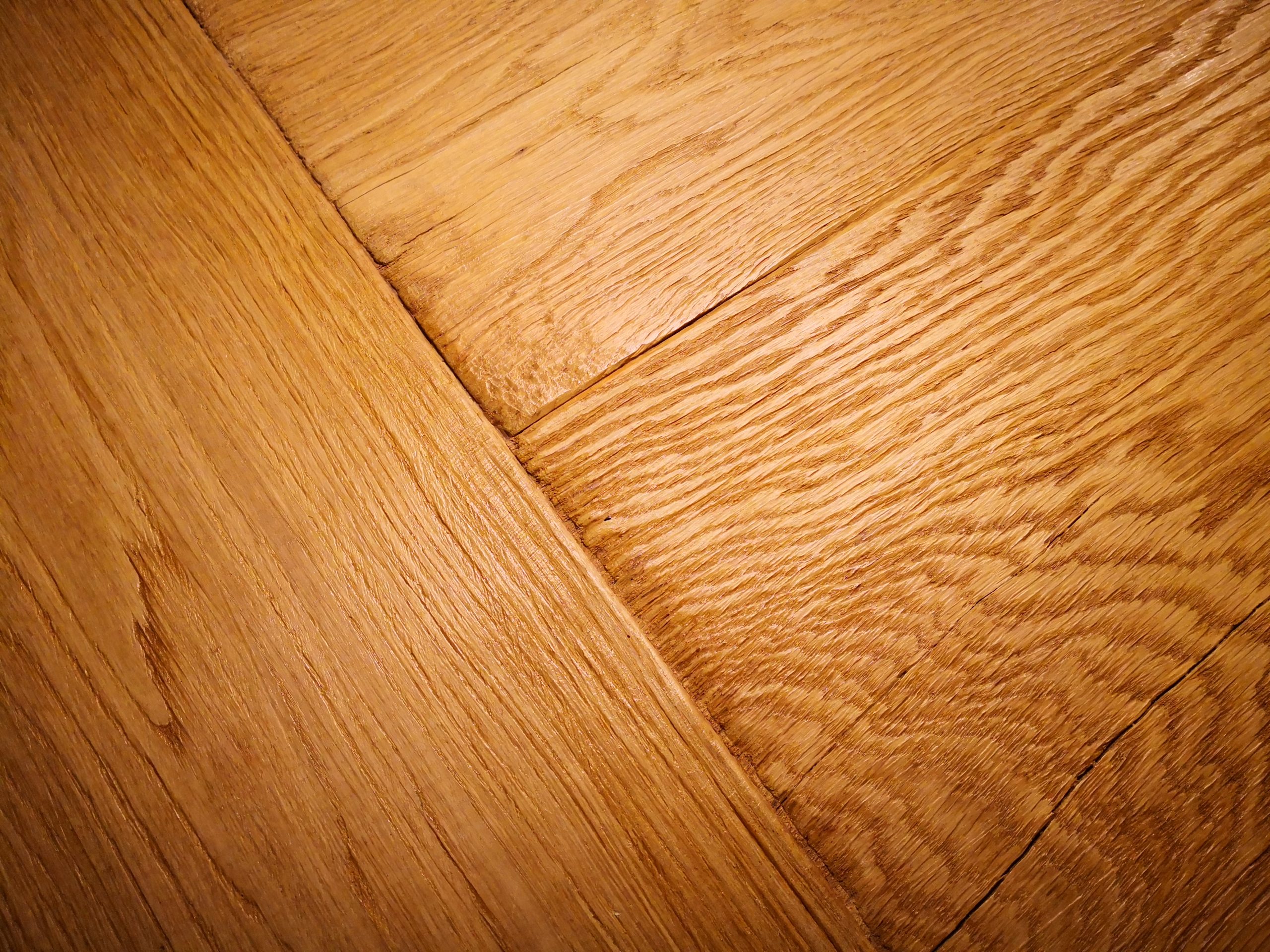OSB Flooring: Characteristics, Advantages, Installation
Summary
– Why choose OSB flooring?
– Installing an OSB floor
– Maintaining an OSB floor
– Where to find OSB flooring and at what price?
The initials OSB stand for oriented strand board. The wood is softwood or hardwood glued in 1 or 3 crossed layers organized in long thin oriented strands. This post will look at this material widely used in construction as OSB flooring.
Why choose OSB flooring?
OSB flooring has many advantages.
A high-quality floor
It is very durable and solid since it ages very well. It has a relatively consistent quality regardless of the supplier, which is rare enough to be highlighted. Also, it is a good insulator, both thermal and phonic.
Accessible to all
It is a practical material accessible to both amateur and professional handymen. Being handy and light, it can be cut, drilled, and fixed easily. It comes in panels or slabs, and its edges can be of different shapes. It can be adapted to all uses since it is available in various dimensions and thicknesses.
Moreover, it is an affordable material.
For its wood
Wood-eating insects attack it less. Made from coniferous wood from thinning, it allows you to value them. Thinned wood are trees that are cut down so as not to disturb the development of their neighbors. Thus, it is not necessary to wait for them to mature.
Aesthetics
OSB flooring has more than just practical advantages. It also offers fundamental aesthetic qualities due to its particular texture. When left unfinished, it catches the light while maintaining a natural appearance.
But be careful…
OSB is an irregular material. The floor is, therefore, not perfectly smooth.
Installing an OSB floor
Before installing an OSB floor (which is called laying on wooden joists), it is necessary to define the function of the floor and the loads it will have to support. This allows us to specify the joist center distance, that is, the distance between the axis of the joists that support the floor. Indeed, the installation of OSB slabs will be done on an underlying framework. Using OSB slabs with a minimum thickness of 18 mm is recommended. As for the distance between joists, stay under 40 cm.
Once these details are made, the installation itself can begin.
1. As the tiles are grooved on all 4 edges, fit them together as you would when laying a floating floor. Make sure to point the tongues towards the wall and to remain perpendicular to the joist.
2. Use the scrap from the previous row to start the next row. However, it must be large enough to rest on at least two joists.
3. Screw the slabs into each joist, with ⅔ of the screw in the joist and ⅓ in the slab.
An OSB floor can be raw or given various finishes such as paint or stain. It can also be covered with carpet, lino, or even floating parquet. It’s up to you to choose according to your needs and tastes.
Attention: the junction between two panels must be done on two joists.
Maintaining an OSB floor
The maintenance of an OSB floor is effortless. If you want to leave it unfinished, you must seal it to protect it and make it smoother. You can then clean it very simply with your vacuum cleaner and a mop from time to time. If your OSB floor is to be covered, its maintenance will vary depending on your chosen coverage.
Where can I find OSB flooring, and at what price?
OSB is a widely used and affordable material. You can find it in any DIY or home improvement store and at specialized companies. The price is relatively low but will vary depending on the thickness and the wood you choose. Count about $5 per m² for spruce with a thickness of 15 mm.